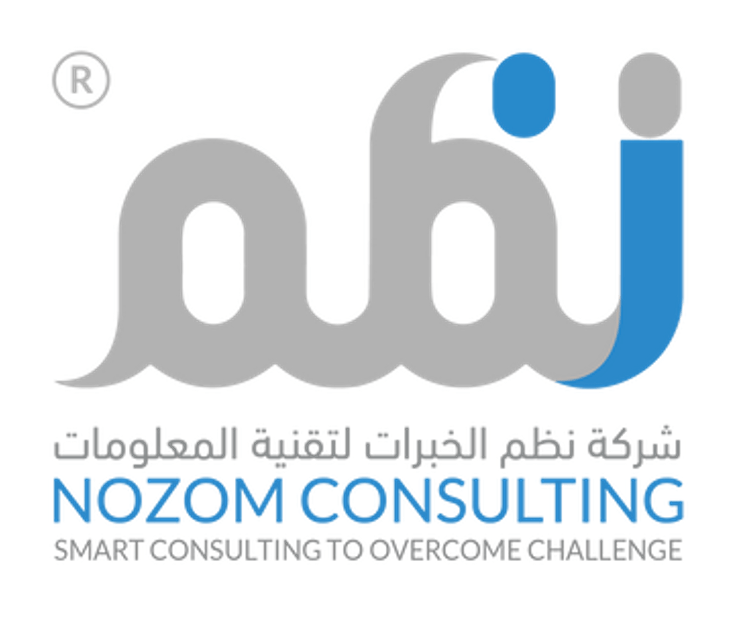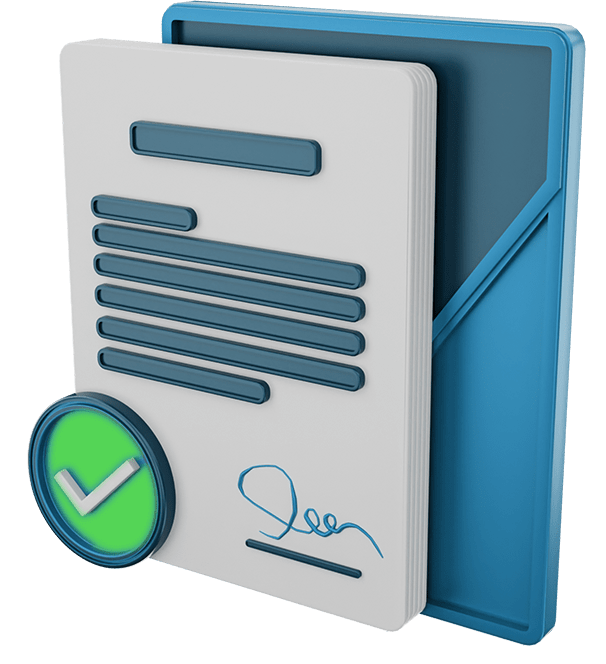Environmental & SUSTAINABILITY MANAGEMENT
From ambition to measurable impact. We design and operationalize your sustainability program—strategy, climate, data, and reporting—aligned to Saudi priorities and global standards.
Why It Matters
The bar has moved from CSR narratives to decision-useful sustainability disclosures. The new IFRS/ISSB standards (IFRS S1 & S2) require investor-grade reporting on sustainability and climate, shifting focus to risks, opportunities, metrics, and governance.
In Saudi Arabia, Vision 2030 and the Saudi Green Initiative (SGI) set national direction on emissions reduction, afforestation, and land/sea protection—raising expectations for corporate climate action and environmental stewardship.
For listed entities, the Saudi Exchange ESG Disclosure Guidelines encourage consistent, comparable ESG data for the market—making structured reporting and controls a competitiveness issue.
Operationally, the Environmental Law and executive regulations (via NCEC) drive compliance obligations across air, water, waste, and permitting—so having a robust EMS and evidence trail really matters.
How We Build Environmental & Sustainability Management
- ESG Strategy & Materiality: Identify priority topics (environmental, social, governance) with a rigorous materiality lens that speaks to investors (IFRS S1) and stakeholders (GRI), then set targets aligned with Saudi priorities.
- Climate & GHG Baseline (Scopes 1–3): Build a defensible inventory and boundary per GHG Protocol and EPA guidance; map hot spots across operations and value chain.
- Decarbonization Roadmap: Prioritize abatement levers (energy efficiency, process changes, electrification, renewable sourcing, logistics optimization); where relevant, align near-term and net-zero ambitions to SBTi criteria.
- Climate Risk & Opportunity (IFRS S2): Integrate governance, strategy, risk management, and metrics/targets for climate; enable scenario thinking and transition planning in the business rhythm.
- Environmental Management & Compliance (NCEC-aligned): Stand up or optimize ISO 14001 EMS; connect policy/SOPs, permits, monitoring plans, and incident response to Saudi executive regulations (e.g., air quality).
- Resource Efficiency & Circularity: Reduce energy, water, and waste intensity; design closed-loop opportunities and supplier requirements to cut Scope 3 impacts. (Anchored in GRI topics and GHG value-chain concepts.)
- Data, Controls & Disclosure: Build a single source of truth for ESG; define calculation methods, evidence, and controls; map outputs to IFRS S1/S2, GRI, and Saudi Exchange ESG templates.
- Operating Model & Governance: Clarify roles (board/management/ESG office), decision rights, and performance cadence so sustainability is embedded—not a side project. (Aligns to IFRS governance disclosures.)
- Assurance-Ready Reporting: Prepare investor-grade disclosures and evidence packs that withstand review by boards, auditors, and the market. (IFRS S1/S2 orientation to investor users.)
What You Get
- Investor-ready story: IFRS S1/S2-aligned climate & sustainability narrative with clear metrics and targets.
- Defensible GHG baseline: Scope 1/2/3 inventory with methods, factors, and controls documented.
- Decarbonization plan with ROI: Sequenced abatement initiatives, capex/opex view, and benefits tracking.
- Compliance confidence: ISO 14001 EMS connected to NCEC requirements and executive regulations.
- Efficient data & disclosure: A repeatable process to populate Saudi Exchange ESG templates and GRI/management reports.
- Embedded governance: Roles, cadence, and dashboards that make sustainability part of everyday decisions.









